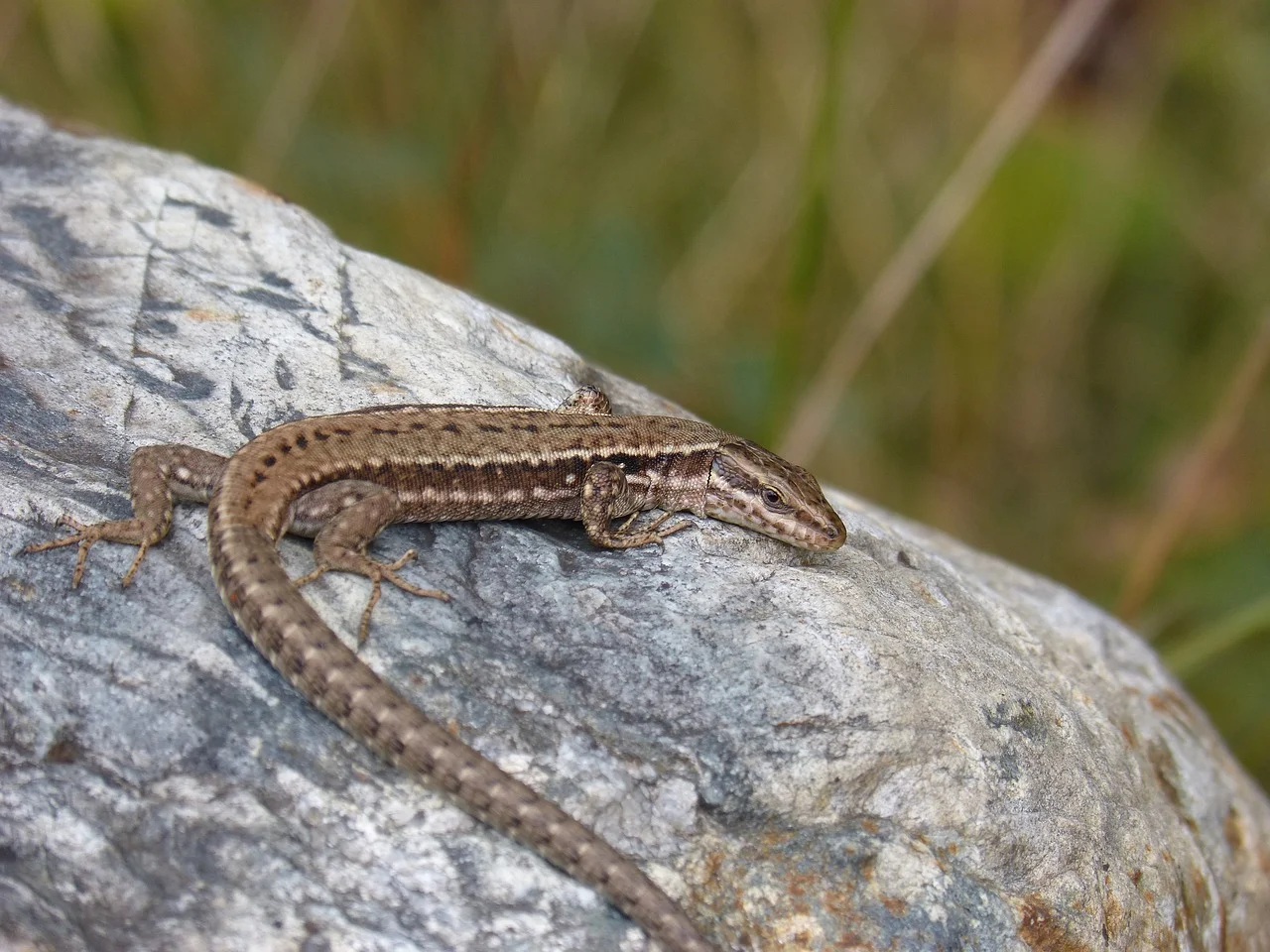Scientific Name
The Iberian lizard is scientifically known as Podarcis hispanicus.
Family
It belongs to the family Lacertidae, which includes several species of lizards.
Distribution and Habitat
The Iberian lizard is found on the Iberian Peninsula, including Spain and Portugal. They inhabit a variety of habitats, such as rocky areas, scrubland, open fields, forests and gardens. They are especially common in Mediterranean environments.
Behavior
They are diurnal and active lizards that can be found basking on stones or vegetation. They are usually fast and agile, allowing them to hunt insects and other invertebrates. They are also known for their ability to change colour to regulate body temperature and communicate with other individuals.
Eating Habits
The diet of the Iberian lizard consists mainly of insects, spiders and other invertebrates. They are agile hunters and feed on small prey that they capture on the ground or in vegetation.
Reproduction
Reproduction of Iberian lizards usually takes place in spring and early summer. Females lay eggs which they incubate internally and then give birth to live young. The young are completely independent from the moment of birth.
These lizards are an important part of the Mediterranean ecosystem and play a role in controlling insect and spider populations.

